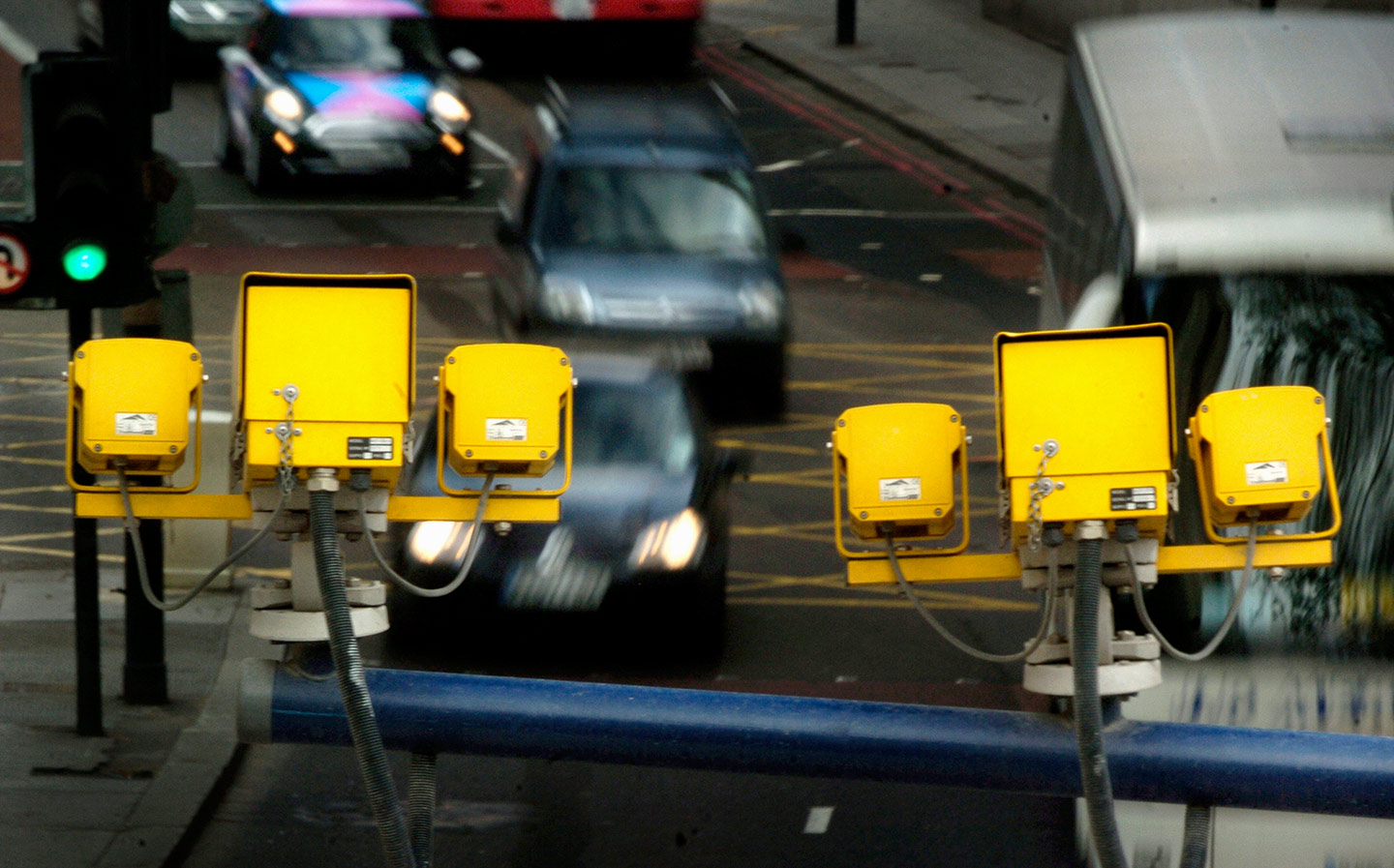Speed camera warning as 1m drivers caught
Highest figures since 2010
ALMOST one million motorists were caught speeding last year amid warnings of a surge in the number of digital speed cameras being deployed on the road network.
New figures from the Department for Transport (DfT) show that speeding offences have risen by more than 130,000 — 16 per cent — in the past two years.
The total number of drivers in England and Wales given fixed penalties, found guilty at court or handed a formal warning reached a five-year high last year, despite government promises to curb the “war on motorists”.
Browse NEW or USED cars for sale on driving.co.uk
The disclosure prompted claims that drivers were being increasingly targeted by the latest generation of high-speed cameras that have been installed to effectively police Britain’s roads in the absence of dedicated traffic officers.
The AA estimates that a record 7,000 cameras are now installed on motorways, A-roads and in built-up areas.
The figures showed that speeding was the only motoring offence to have risen in recent years. Other crimes such as dangerous driving, driving without a licence, driving an unroadworthy vehicle and stealing cars all dropped significantly over the same period.
It was also claimed that the rise reflected an increase in the number of digital cameras used to monitor variable speed limits on stretches of “smart” motorways.
“Cameras are being used to replace police.” Edmund King, the AA
Almost 240 miles of motorways in England now have variable limits of below 70mph to regulate traffic flows, with overhead gantry cameras used to police the system on parts of the M1, M4, M5, M6 and M25.
The AA warned that limits were often cut to 50 or 60mph for no apparent reason, landing large numbers of unsuspecting motorists with £100 fixed fines. Edmund King, the AA president, called for an inquiry into the system, insisting that limits were “totally inconsistent” and “don’t always seem to reflect the reality of what’s happening on the road”.
“The fact is that cameras are really being used to replace police. The problem is that cameras don’t catch drink drivers; they don’t catch the middle-lane hoggers; they don’t catch the dangerous tailgaters,” he said.
The DfT figures showed that 958,000 speeding offences — including fixed penalty notices, written warnings and motorists found guilty at court — were recorded last year, up from 891,000 a year earlier and 828,000 in 2013. The figure was the highest since 2010 when 1.1 million motorists were caught. By comparison, the number of dangerous, careless or drink-driving offences fell from 235,000 in 2010 to 99,000 last year.
Browse NEW or USED cars for sale on driving.co.uk
The Conservatives pledged to end the “war on motorists” when they came to power as part of the coalition government in 2010. Under Labour, speeding offences rose past 2 million.
A DfT spokesman said: “Speed cameras, when used properly, can help manage safety risks by encouraging drivers to observe the speed limit.”
Graeme Paton, Transport Correspondent
This article first appeared in The Times





